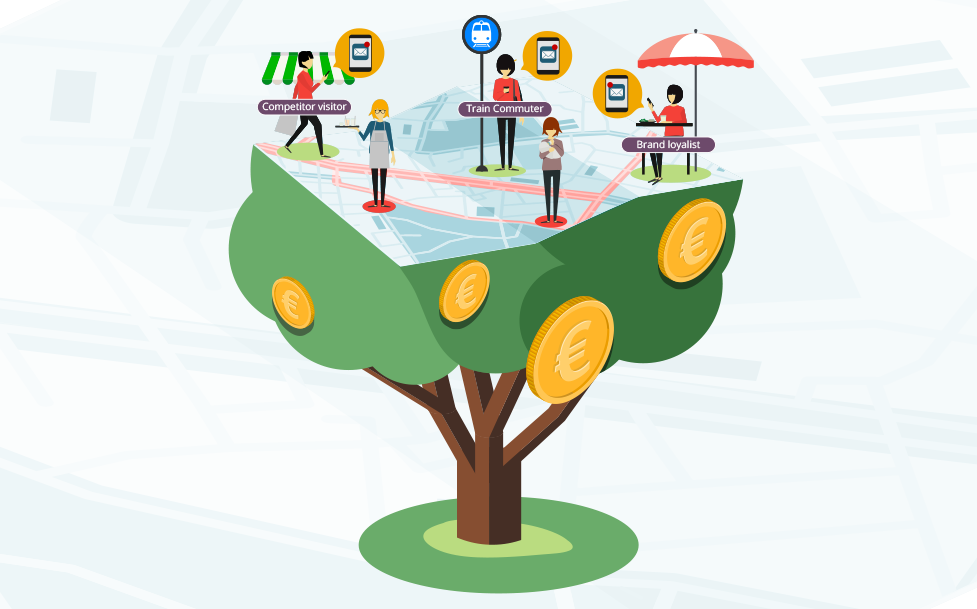This is the second in our four-part snackable article series on how to harness an online-offline retail revolution via your mobile app.
China has two key ingredients for pioneering new and world-leading retail business models: rich, abundant data, and a hungry entrepreneurial spirit. This sharp instinct for building robust businesses has been shaped by an ambidextrous ecosystem in which mobile businesses operate – where speed is essential, copying has been an accepted practice, and competitors will stop at nothing to win a new market.
The only way to survive this battle is to constantly improve your product but to also innovate on your business model and build a ‘moat’ around your company.
Even across Europe and the Americas, if your only edge is a single novel idea, you have all your eggs in one basket – and that’s a dangerous position to be in.
So, get your nose to the grindstone because as a retail app, you can’t stand still: one way to win quickly and generate value is to monetize the attention of your existing user base by segmenting and adding value for them in new ways, through new kinds of service. By leveraging location data you already collect, you identify users who are displaying two key levels of engagement – then measure and monetize these insights accordingly, based on real-world insights. Where do they visit? When do they visit? And what does this say about their interests?

1. Active users
Active users are those who use your app regularly and have potentially also opted for location services depending on how central this is to your current mobile strategy. This is your captive audience, so you can activate a combination of in-app behavior and real-world insights to reach them with a mixture of passive content (dynamic app pages which shift with their surroundings) and active content (location-based push messages), to add an extra layer of value.
2. Inactive users
Inactive users did need your app, but they’ve gone quiet. They haven’t churned (yet), so this means they’re willing to be re-engaged. Here’s the magic stuff:
- They’re dormant but have opted for notifications and location services, so you can send them a small nudge as they approach a store they regularly visit, or a nearby a promotion they can’t miss, to wow them with a seamless online-offline experience outlined in this article.
- They have background location services on but not notifications. Here, you can still add value by offering smart, location-based segmentation and surfacing relevant in-app content as they use your services on a more low-key basis
- They’ve switched off location services altogether, so they’ve gone off-grid. For this slice of your user base, it’s time to rethink your opt-in priming sequence to make sure it reflects your new-and-improved online-offline app value.
Europe has a stronghold of regulatory red tape that China doesn’t have when it comes to consumer data. We believe this is a good thing: it presents an opportunity for mobile businesses to demonstrate clear, explicit and shared value to your users, based on the O2O services you offer. This is a preferable position to hanging tight with passive data-collection and presenting take-it-or-leave-it experiences.
To start collecting location data based on trust and clear service-based value, you need to present priming sequences for app users which mirror their preferences, giving the two-step safety net needed so they can check back on their choices later:
- Opt-in priming sequences should be triggered at the right time, to make your user stop in their tracks and understand why location services are central to using your app, and;
- they should be written with the user’s fundamental must-haves and needs in mind.
You can find more opt-in tips in our iOS13 update blog, and deep-dive into creating demand through mobile compliance tips in our opt-in whitepaper.
NEXT UP – Part 3: Communicating value through clear opt-in priming →
